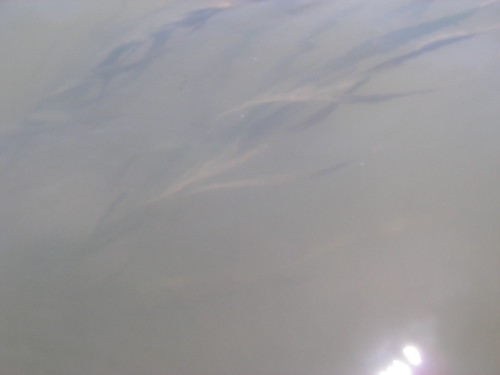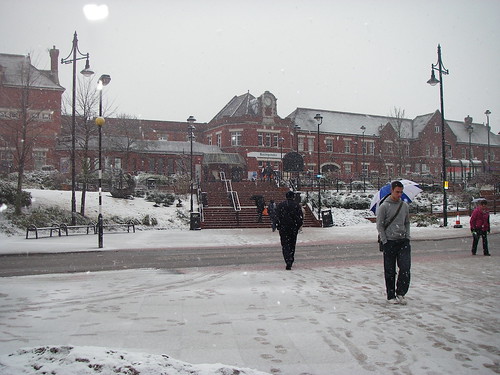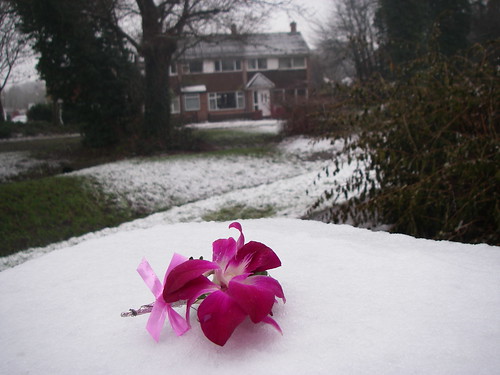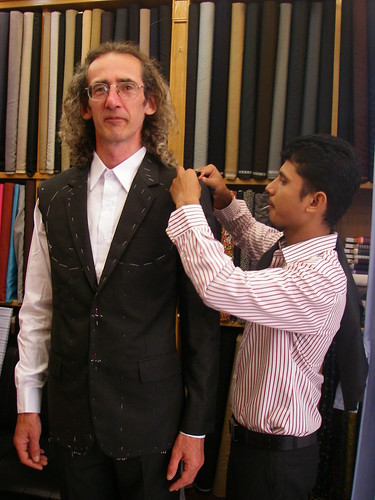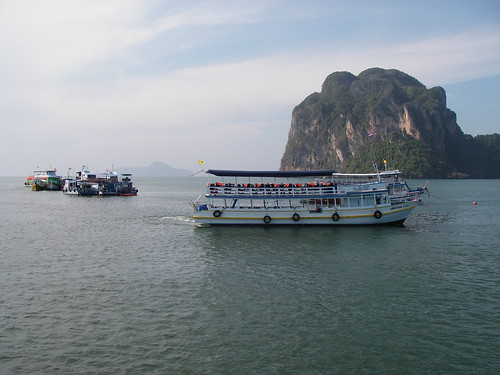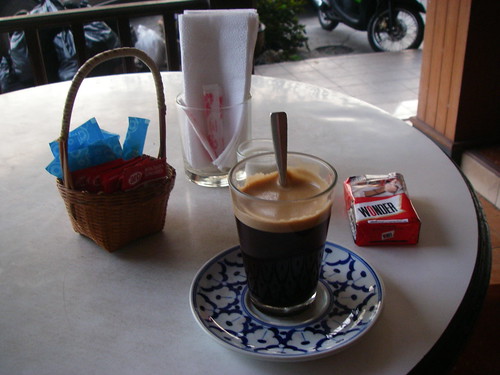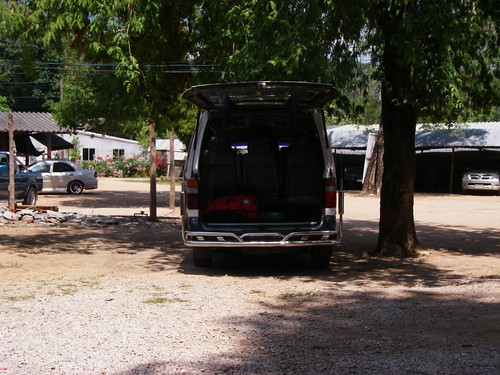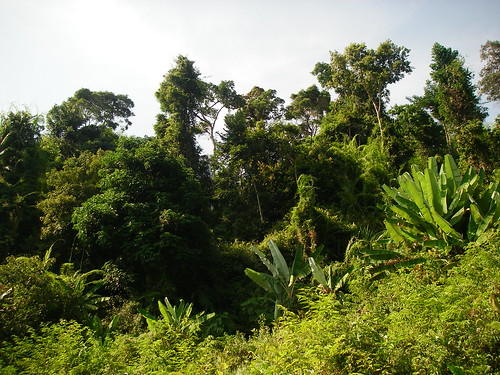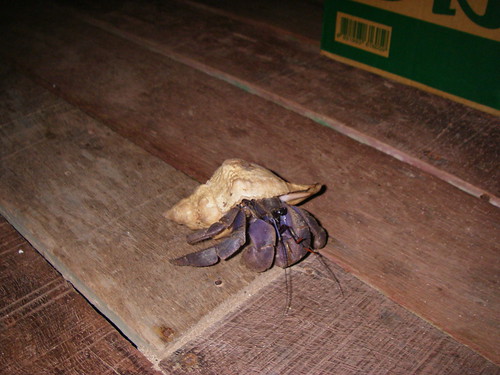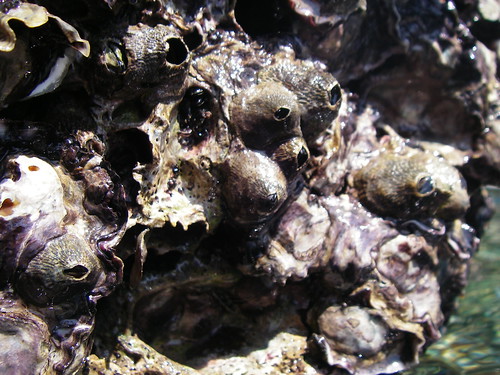Libong Dugongs Aerial Survey
Tuesday, January 26th, 2010Research on the dugongs of Libong is ongoing, with another aerial survey completed. It’s odd that the Professor didn’t tell me about it since his Lifelong Learning Foundation has co-funded some of the research.
In fact it’s a long-term project. The current PI, Kanjana Adulyanukosol, has worked in the Libong area since at least the mid-nineties. Given her experience I hope that there is cause for optimism, though a slight decline has been observed. The variation in sightings is large and absolute counts are not possible, so I take this to mean that the decline is non-significant. In such a small population—and given the slow reproductive rate of the dugong—it would otherwise be cause for serious concern.
It would be interesting to compare the data from all surveys carried out from 1997 (which I think was the first) until now.
The Dept. of Marine & Coastal Resources in Phuket seems to have matters in hand. Maybe rather than trying to survey the dugongs myself (I’d thought about rigging up a blimp cam), I should focus on mapping the seagrass habitat.
One thing is for sure: the field is more crowded than I thought.
And that is a good thing.
